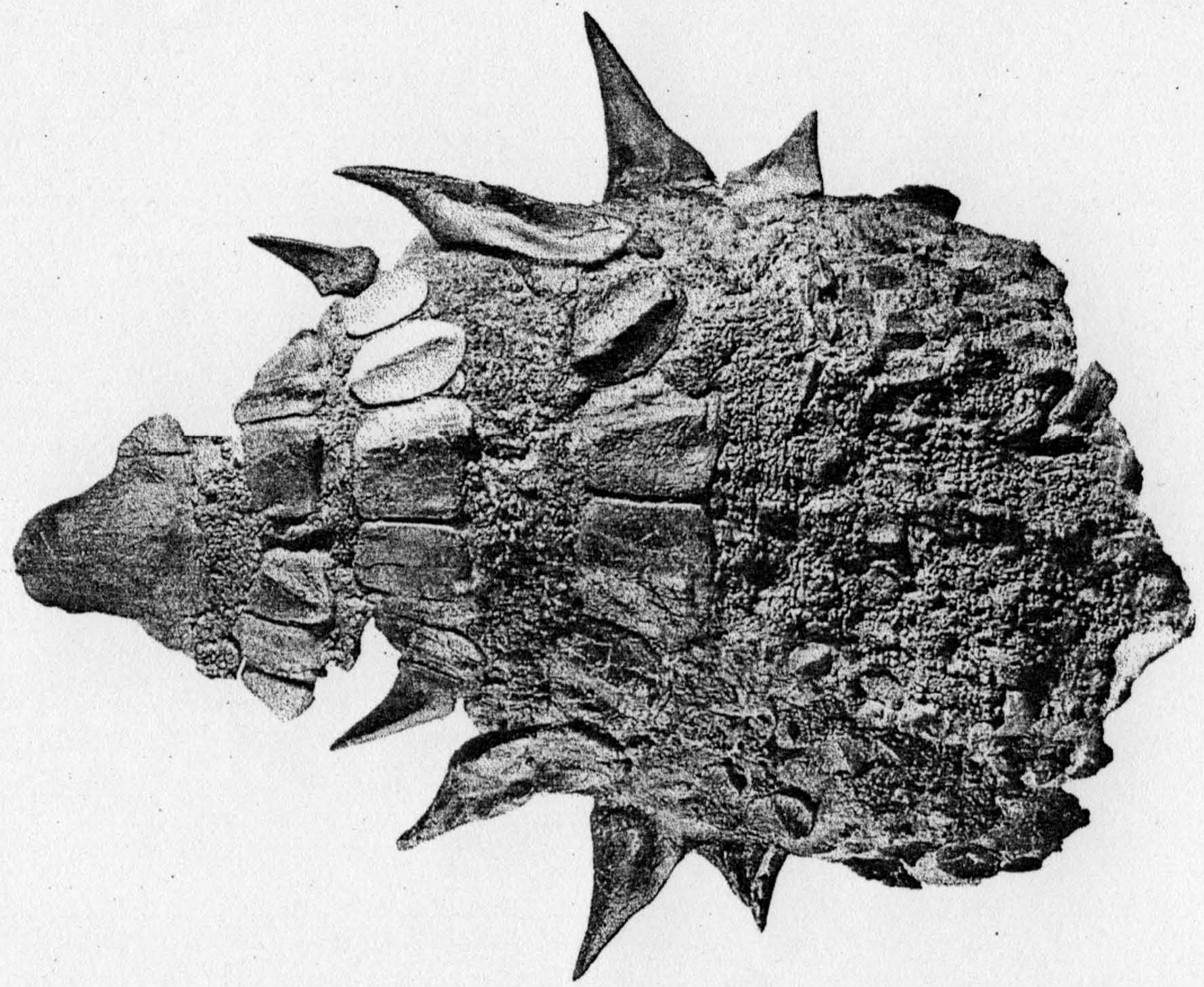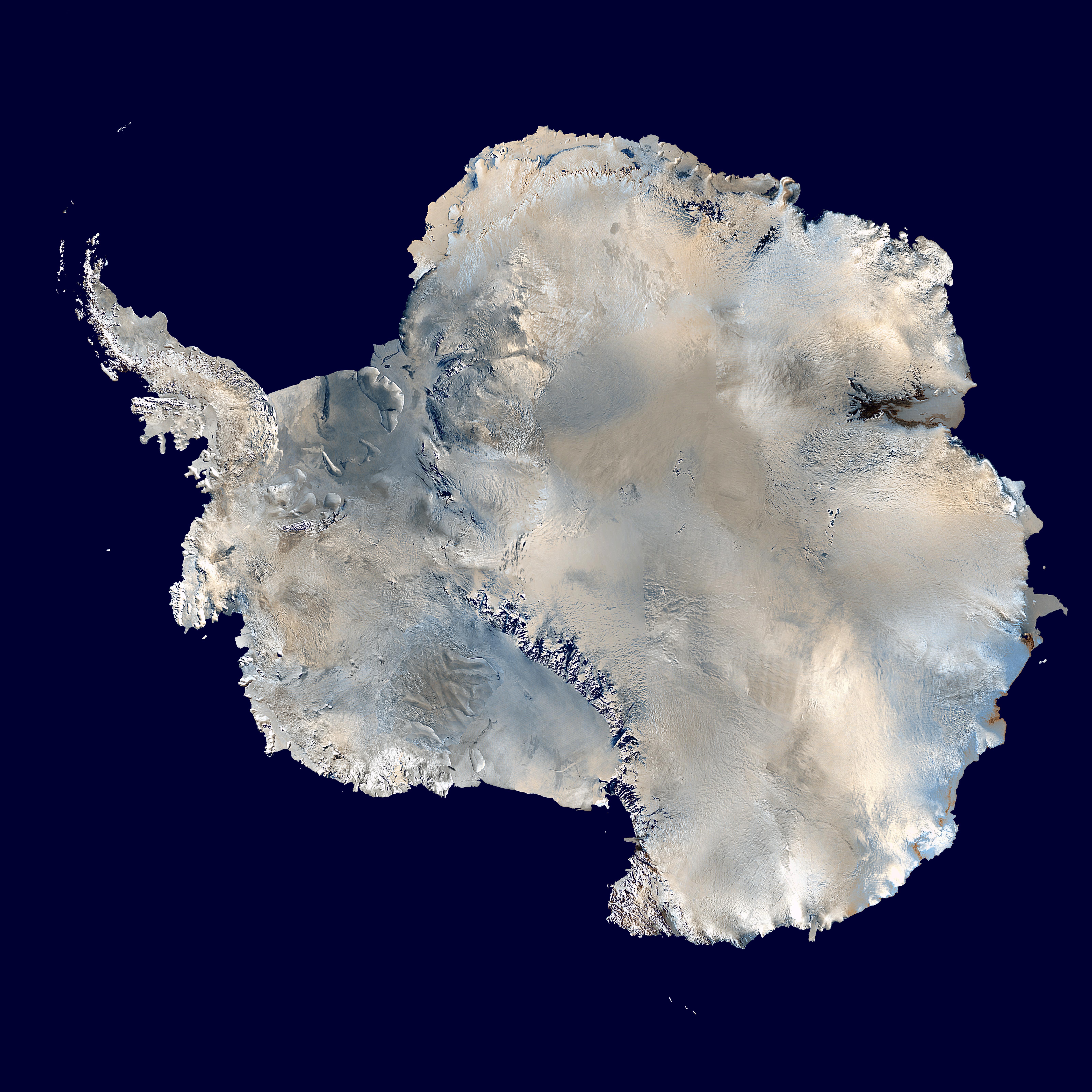|
Parankylosauria
Parankylosauria is a group of Basal (phylogenetics), basal ankylosaurian dinosaurs known from the Cretaceous of South America, Antarctica, and Australia. It is thought the group split from other ankylosaurs during the mid-Jurassic period, despite this being unpreserved in the fossil record. History of research During the Mesozoic era, the southern continents (South America, Antarctica, Australia, and Africa in addition to Indian subcontinent, India and Zealandia) were unified into a supercontinent known as Gondwana. This was in contrast to the supercontinent of Laurasia in the Northern Hemisphere, with both originating from the breakup of Pangaea. Gondwana itself gradually split apart over the course of the Jurassic and Cretaceous eras. Ankylosaurian dinosaurs from Laurasia have historically been far more extensively recorded and studied. Reports of the group in Gondwana date back to 1904, with a specimen from Australia and include referrals of ''Loricosaurus'', ''Lametasaurus'', ... [...More Info...] [...Related Items...] OR: [Wikipedia] [Google] [Baidu] |
Stegouros
''Stegouros'' (, meaning "roofed tail") is an extinct genus of ankylosaurian dinosaurs from the Late Cretaceous Dorotea Formation of southern Chile. The genus contains a single species, ''Stegouros elengassen'', known from a semi-articulated, near-complete skeleton. ''Stegouros'' is a member of the Parankylosauria, a clade small Gondwanan armored dinosaurs. It is characterized by its small body size and distinct arrangement of fused osteoderms forming a maquahuitl-like tail weapon. Discovery In February 2018, the skeleton of a small ankylosaur was recovered by a team of Texan researchers near the Río de las Chinas valley of Última Esperanza Province, Ultima Esperanza province in the Magallanes Region, Magallanes y la Antártica Chilena region of southern Chile. In 2021, the type species ''Stegouros elengassen'' was named and described by Sergio Soto-Acuña et al. The generic name combines the Greek ''stegos'', meaning "roof" and ''oura'', meaning "tail", referring to the ro ... [...More Info...] [...Related Items...] OR: [Wikipedia] [Google] [Baidu] |
Antarctopelta Recovered Remains
''Antarctopelta'' (; meaning 'Antarctic shield') is a genus of ankylosaurian dinosaur, a group of large, quadrupedal herbivores, that lived during the Maastrichtian stage of the Late Cretaceous period on what is now James Ross Island, Antarctica. ''Antarctopelta'' is the only known ankylosaur from Antarctica and a member of Parankylosauria. The only described specimen was found in 1986, the first dinosaur to be found on the continent, by Argentine geologists Eduardo Olivero and Robert Scasso. The fossils were later described in 2006 by paleontologists Leonardo Salgado and Zulma Gasparini, who named the type species ''A. oliveroi'' after Olivero. ''Antarctopelta'' is a medium-sized ankylosaur, reaching or more in length, and shows characteristics of two different families, making more precise classification difficult for many years. In 2021 a nearly complete skeleton of the similar Chilean genus ''Stegouros'' was described. This led to the recognition of Parankylosauria, conta ... [...More Info...] [...Related Items...] OR: [Wikipedia] [Google] [Baidu] |
Kunbarrasaurus
''Kunbarrasaurus'' (meaning "shield lizard") is an extinct genus of small ankylosaurian dinosaur from the Cretaceous of Australia. The genus contains a Monotypic taxon, single species, ''K. ieversi''. Discovery In November 1989, at Marathon Station near Richmond, Queensland, the skeleton was discovered of an ankylosaurian. In January 1990 it was secured by a team led by Ralph Molnar. In 1996, in a provisional description, Molnar concluded that it could be referred to the genus ''Minmi (dinosaur), Minmi'' as a ''Minmi'' sp. Subsequently, the specimen was further prepared by an acid bath and investigated by a CAT scan. The new information led to the conclusion that the species could be named in a separate genus of ankylosaur. In 2015, Lucy G. Leahey, Ralph E. Molnar, Kenneth Carpenter, Lawrence M. Witmer and Steven W. Salisbury named and described the type species ''Kunbarrasaurus ieversi''. The genus name is derived from ''Kunbarra'' - the word for 'shield' in the Mayabic lan ... [...More Info...] [...Related Items...] OR: [Wikipedia] [Google] [Baidu] |
Patagopelta
''Patagopelta'' (meaning "Patagonian shield") is an extinct genus of ankylosaurian dinosaur from the Late Cretaceous (upper Campanian–lower Maastrichtian) Allen Formation of Argentina. The genus contains a Monotypic taxon, single species, ''P. cristata'', known from a partial skeleton. While originally described as a nodosaurine, later discoveries provided support for parankylosaurian affinities for the taxon. ''Patagopelta'' is a very small ankylosaur, comparable in size to the dwarf nodosaurid ''Struthiosaurus'', about long. Discovery and naming The ''Patagopelta'' fossil material was found in sediments of the Allen Formation (Salitral Moreno locality) near General Roca, Río Negro Province, Argentina. This locality is dated to the upper Campanian to lower Maastrichtian ages of the Late Cretaceous period. The first remains were described in 1996 and often appeared in the literature as the "Argentinian ankylosaur". The fossil material consists of various osteoderms, a tooth ... [...More Info...] [...Related Items...] OR: [Wikipedia] [Google] [Baidu] |
Euankylosauria
Ankylosauria is a group of herbivorous dinosaurs of the clade Ornithischia. It includes the great majority of dinosaurs with armor in the form of bony osteoderms, similar to turtles. Ankylosaurs were bulky quadrupeds, with short, powerful limbs. They are known to have first appeared in North Africa during the Middle Jurassic, and persisted until the end of the Late Cretaceous. The two main families of ankylosaurians, Nodosauridae and Ankylosauridae primarily originated from the Northern Hemisphere (North America, Europe and Asia), but the more basal Parankylosauria originated from southern Gondwana (South America, Australia and Antarctica) during the Cretaceous. Ankylosauria was first named by Henry Fairfield Osborn in 1923.Osborn, H. F. (1923). "Two Lower Cretaceous dinosaurs of Mongolia." ''American Museum Novitates'', 95: 1–1/ref> In the Linnaean classification system, the group is usually considered either a suborder or an infraorder. It is contained within the group Thyreop ... [...More Info...] [...Related Items...] OR: [Wikipedia] [Google] [Baidu] |
Ankylosauria
Ankylosauria is a group of herbivorous dinosaurs of the clade Ornithischia. It includes the great majority of dinosaurs with armor in the form of bony osteoderms, similar to turtles. Ankylosaurs were bulky quadrupeds, with short, powerful limbs. They are known to have first appeared in North Africa during the Middle Jurassic, and persisted until the end of the Late Cretaceous. The two main families of ankylosaurians, Nodosauridae and Ankylosauridae primarily originated from the Northern Hemisphere (North America, Europe and Asia), but the more basal Parankylosauria originated from southern Gondwana (South America, Australia and Antarctica) during the Cretaceous. Ankylosauria was first named by Henry Fairfield Osborn in 1923.Osborn, H. F. (1923). "Two Lower Cretaceous dinosaurs of Mongolia." ''American Museum Novitates'', 95: 1–1/ref> In the Linnaean classification system, the group is usually considered either a suborder or an infraorder. It is contained within the group ... [...More Info...] [...Related Items...] OR: [Wikipedia] [Google] [Baidu] |
Nodosaurinae
Nodosauridae is a family of ankylosaurian dinosaurs known from the Late Jurassic to the Late Cretaceous periods in what is now Asia, Europe, North America, and possibly South America. While traditionally regarded as a monophyletic clade as the sister taxon to the Ankylosauridae, some analyses recover it as a paraphyletic grade leading to the ankylosaurids. Description Nodosaurids, like their sister group the ankylosaurids, were heavily armored dinosaurs adorned with rows of bony armor nodules and spines (osteoderms), which were covered in keratin sheaths. Ankylosaurians were small- to large-sized, heavily built, quadrupedal, herbivorous dinosaurs, possessing small, leaf-shaped teeth. Unlike ankylosaurids, nodosaurids lacked mace-like tail clubs and instead had more flexible tail tips. Many nodosaurids had spikes projecting outward from their shoulders. One particularly well-preserved nodosaurid "mummy", the holotype of ''Borealopelta markmitchelli'', preserves a nearly complete ... [...More Info...] [...Related Items...] OR: [Wikipedia] [Google] [Baidu] |
Antarctica
Antarctica () is Earth's southernmost and least-populated continent. Situated almost entirely south of the Antarctic Circle and surrounded by the Southern Ocean (also known as the Antarctic Ocean), it contains the geographic South Pole. Antarctica is the fifth-largest continent, being about 40% larger than Europe, and has an area of . Most of Antarctica is covered by the Antarctic ice sheet, with an average thickness of . Antarctica is, on average, the coldest, driest, and windiest of the continents, and it has the highest average elevation. It is mainly a polar desert, with annual Climate of Antarctica#Precipitation, precipitation of over along the coast and far less inland. About 70% of the world's freshwater reserves are frozen in Antarctica, which, if melted, would raise global sea levels by almost . Antarctica holds the record for the Lowest temperature recorded on Earth, lowest measured temperature on Earth, . The coastal regions can reach temperatures over in the ... [...More Info...] [...Related Items...] OR: [Wikipedia] [Google] [Baidu] |
Loricosaurus
''Loricosaurus'' (meaning "armour lizard") is a genus of sauropod represented by a single species. It is a titanosaurian that lived near the end of the Late Cretaceous period, approximately 71 million years ago in the early Maastrichtian. Found in the province of Neuquen, Argentina in the Allen Formation. Due to the presence of armour, at first it was thought that it was an ankylosaur, but today it is considered to be the armour of a titanosaur. Armour The armour of ''Loricosaurus'' has caused some controversy. When Huene first described it, he considered it to be from an ankylosaur. Later, it was discovered to not belong to ankylosaurs, but to belong to titanosaurs.Holtz, Thomas R Jr. (2011) ''Dinosaurs: The Most Complete,Up-to-date Encyclopedia for Dinosaur Lovers Of All Ages, Winter 2010 Appendix. Now it is considered to possibly belong to '' Neuquensaurus'' or ''Saltasaurus''. Species In 1929 von Huene described ''Loricosaurus'' based on some armour osteoderms found in Argen ... [...More Info...] [...Related Items...] OR: [Wikipedia] [Google] [Baidu] |
Monophyletic
In biological cladistics for the classification of organisms, monophyly is the condition of a taxonomic grouping being a clade – that is, a grouping of organisms which meets these criteria: # the grouping contains its own most recent common ancestor (or more precisely an ancestral population), i.e. excludes non-descendants of that common ancestor # the grouping contains all the descendants of that common ancestor, without exception Monophyly is contrasted with paraphyly and polyphyly as shown in the second diagram. A ''paraphyletic'' grouping meets 1. but not 2., thus consisting of the descendants of a common ancestor, excepting one or more monophyletic subgroups. A '' polyphyletic'' grouping meets neither criterion, and instead serves to characterize convergent relationships of biological features rather than genetic relationships – for example, night-active primates, fruit trees, or aquatic insects. As such, these characteristic features of a polyphyletic grouping ... [...More Info...] [...Related Items...] OR: [Wikipedia] [Google] [Baidu] |
Type Specimen
In biology, a type is a particular wikt:en:specimen, specimen (or in some cases a group of specimens) of an organism to which the scientific name of that organism is formally associated. In other words, a type is an example that serves to anchor or centralizes the defining features of that particular taxon. In older usage (pre-1900 in botany), a type was a taxon rather than a specimen. A taxon is a scientifically named grouping of organisms with other like organisms, a set (mathematics), set that includes some organisms and excludes others, based on a detailed published description (for example a species description) and on the provision of type material, which is usually available to scientists for examination in a major museum research collection, or similar institution. Type specimen According to a precise set of rules laid down in the International Code of Zoological Nomenclature (ICZN) and the ''International Code of Nomenclature for algae, fungi, and plants'' (ICN), the ... [...More Info...] [...Related Items...] OR: [Wikipedia] [Google] [Baidu] |








